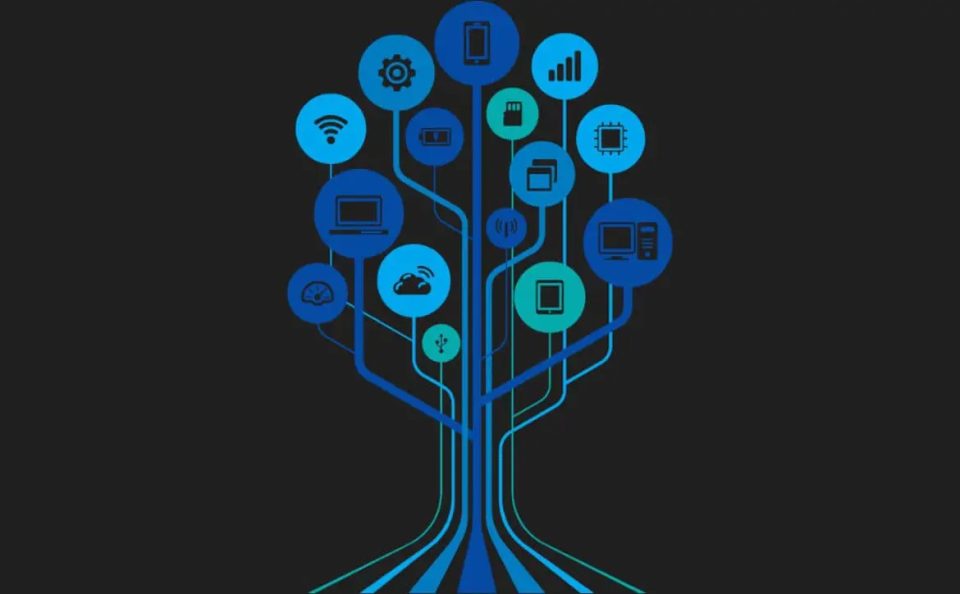In the fast-paced world of modern business, efficiency is paramount. Every day, companies handle vast amounts of data in various formats, from printed documents to handwritten notes. Managing and extracting valuable information from these documents can be a time-consuming and error-prone process. However, with the advent of Optical Character Recognition (OCR) technology, businesses are experiencing a revolution in their operations. In this article, we will delve into how OCR technology is reshaping the business landscape and improving productivity across industries.
Understanding OCR Technology
The Basics
OCR technology is not a recent innovation, but its evolution and widespread adoption in recent years have been remarkable. At its core, OCR is a technology that converts printed or handwritten text into machine-readable text data. This technology leverages pattern recognition algorithms and machine learning techniques to identify and extract characters, words, and even entire documents from scanned images or photos.
Accuracy and Performance
One of the key factors driving the adoption of OCR technology is its impressive accuracy and performance. Modern OCR systems can achieve near-human levels of accuracy when recognizing text, even in challenging conditions. This level of precision reduces the risk of errors and enhances data quality, which is crucial for informed decision-making in business operations.
Applications of OCR in Business Operations
Data Entry and Document Digitization
Gone are the days of manual data entry. OCR technology has made it possible to automate the extraction of data from paper documents, invoices, receipts, and more. This not only saves time but also eliminates the risk of human error, ensuring that data is captured accurately. Businesses can now efficiently digitize their paper-based records, making them easily searchable and accessible.
Streamlining Document Workflows
OCR technology is instrumental in streamlining document workflows. It can automatically categorize and route documents, such as contracts, applications, and forms, to the appropriate departments or individuals. This reduces the administrative burden and accelerates decision-making processes within organizations.
Enhancing Customer Service
OCR technology also plays a pivotal role in improving customer service. By instantly extracting and processing customer inquiries and feedback from various sources, businesses can respond more quickly and effectively. This leads to higher customer satisfaction and loyalty, a critical aspect of any successful business.
Industry-Specific Applications
Healthcare
In the healthcare industry, OCR technology is being used to digitize and manage patient records, medical reports, and prescriptions. This not only reduces paperwork but also enhances the speed and accuracy of patient care. Doctors and healthcare professionals can access critical patient information at their fingertips, leading to better diagnosis and treatment.
Finance and Banking
OCR technology is a game-changer in the finance and banking sector. It enables the rapid processing of financial documents, such as invoices, receipts, and loan applications. This speed not only improves customer service but also helps in fraud detection and compliance with regulatory requirements.
Legal
Law firms and legal departments benefit from OCR technology by automating the indexing and retrieval of legal documents. Lawyers can quickly access case files, contracts, and legal research, leading to increased efficiency and productivity.
Challenges and Considerations
Data Security and Privacy
While OCR technology offers immense benefits, it also raises concerns about data security and privacy. Businesses must implement robust security measures to protect sensitive information from unauthorized access and breaches.
Language and Font Recognition
OCR technology’s accuracy can be affected by the language and font used in documents. For businesses operating in multilingual environments, it’s essential to choose OCR systems that support multiple languages and fonts to ensure accurate data extraction.
Conclusion
In conclusion, OCR technology is revolutionizing business operations across industries. Its ability to convert printed and handwritten text into machine-readable data with remarkable accuracy has streamlined data entry, document workflows, and customer service. As OCR technology continues to evolve, businesses that embrace it will gain a competitive edge by improving efficiency, reducing errors, and enhancing customer satisfaction. To stay ahead in today’s fast-paced business world, consider incorporating OCR technology into your operations and reap the benefits of this transformative technology.

